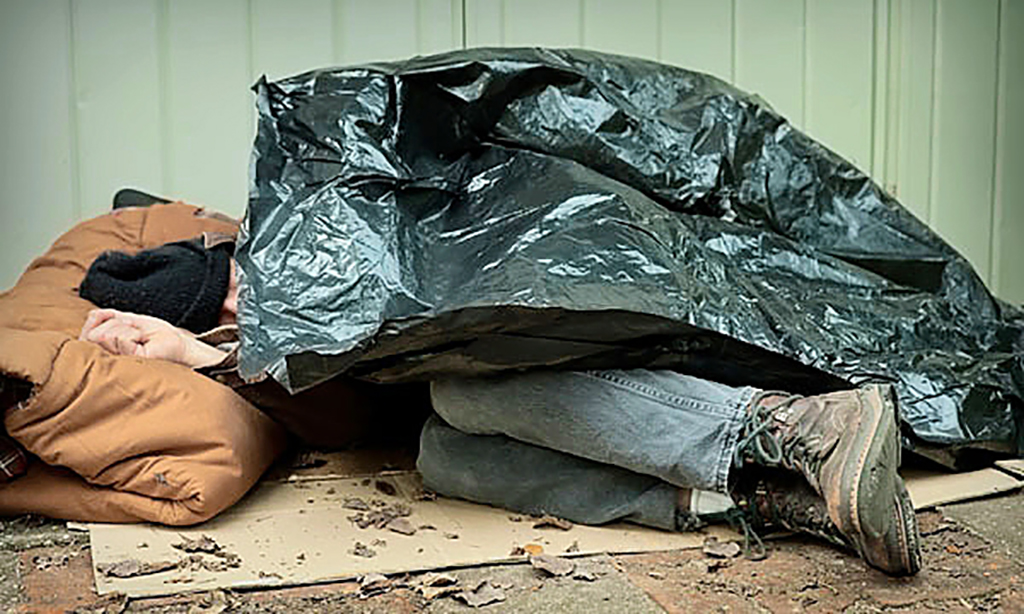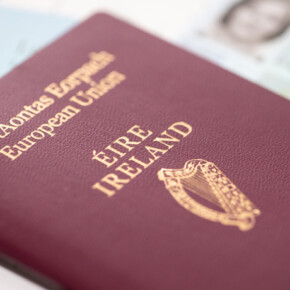Remembering the North Strand bombing in 1941
Dublin People 17 Oct 2014Although neutral during
‘The Emergency’, as World War II was known in Ireland, there were several occasions during that conflict when Nazi bombs struck targets across this State.
The most devastating of these air raids occurred on May 31 1941 when four German bombs rained fire on Dublin. The first two bombs fell at 1.30am at North Richmond Street and at Rutland Place in the north inner city.
Another bomb landed close to the Dog Pond pumping station in the Phoenix Park and damaged a number of small buildings belonging to Dublin Zoo. The force of this explosion is reported to have blown out windows at Ãras an Uachtaráin.
Luckily, and despite the damage caused, there were no casualties. The last bomb to strike on that fateful night however, wrought devastation on a local community.
At 2.05am, the fourth bomb, now identified as a German land mine, hit the North Strand Road between the Five Lamps and Newcommon Bridge. The device ripped through the area leaving the community in ruins.
Twenty-nine people, ranging in age from just two months to 79 years, were killed in the catastrophe. Tragically, among the dead were seven members of the same family, the Browne’s, who lived at No. 24 North Strand Road.
More than 90 people were injured. Doctors and nurses hurried to the scene from across the city, while the courageous Dublin Fire Brigade risked life and limb to tackle the blaze and rescue people from collapsing buildings.
The Red Cross soon established a first aid centre on site where residents were treated. Those with more serious injuries were transported to hospitals across Dublin where emergency teams waited on them.
The community rallied to tackle the disaster and residents rushed to the aid of their friends and neighbours. A contemporary report on bombing in the Irish Times stated:
“What shines through is the courage and goodness of ordinary people, untrained for such catastrophe, in their attempts to save and help their fellow Dubliners
?.
Three hundred houses were damaged or destroyed and almost 400 people were left homeless. A temporary shelter was opened in the Mansion House, where food and blankets were provided as the rebuilding of the North Strand began. Where possible, damaged houses were repaired and the families returned home. In cases where homes had been completely destroyed, Dublin Corporation re-housed the residents in new housing estates in Cabra and Crumlin.
It is now widely accepted that the Nazi bombing of Dublin was an accident. At the time however, a number of ideas were put forward to explain the incident. Some believed that the Germans deliberately bombed Dublin as a warning to the Southern State to stay out of the war.
Many believed it was retaliation for the support the State had shown to Belfast during the
‘Blitz’ earlier that year, when fire brigades and emergency services had been sent north in the aftermath of the Nazi bombings. Others believed that the Germans had simply mistaken Dublin for either an English city or Belfast.
It is more likely however, that the bombing of Dublin was caused by British Military interference with Luftwaffe navigational controls.
After the war, Winston Churchill revealed that he believed the British were responsible for the disaster. Churchill explained that
“the bombing of Dublin on the night of May 30, 1941, may well have been an unforeseen and unintended result of our interference with Y
?.
‘Y’ in this case referred to the radio signals used by the German Air Force to identify their targets.











